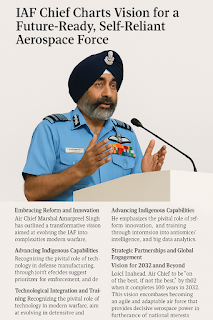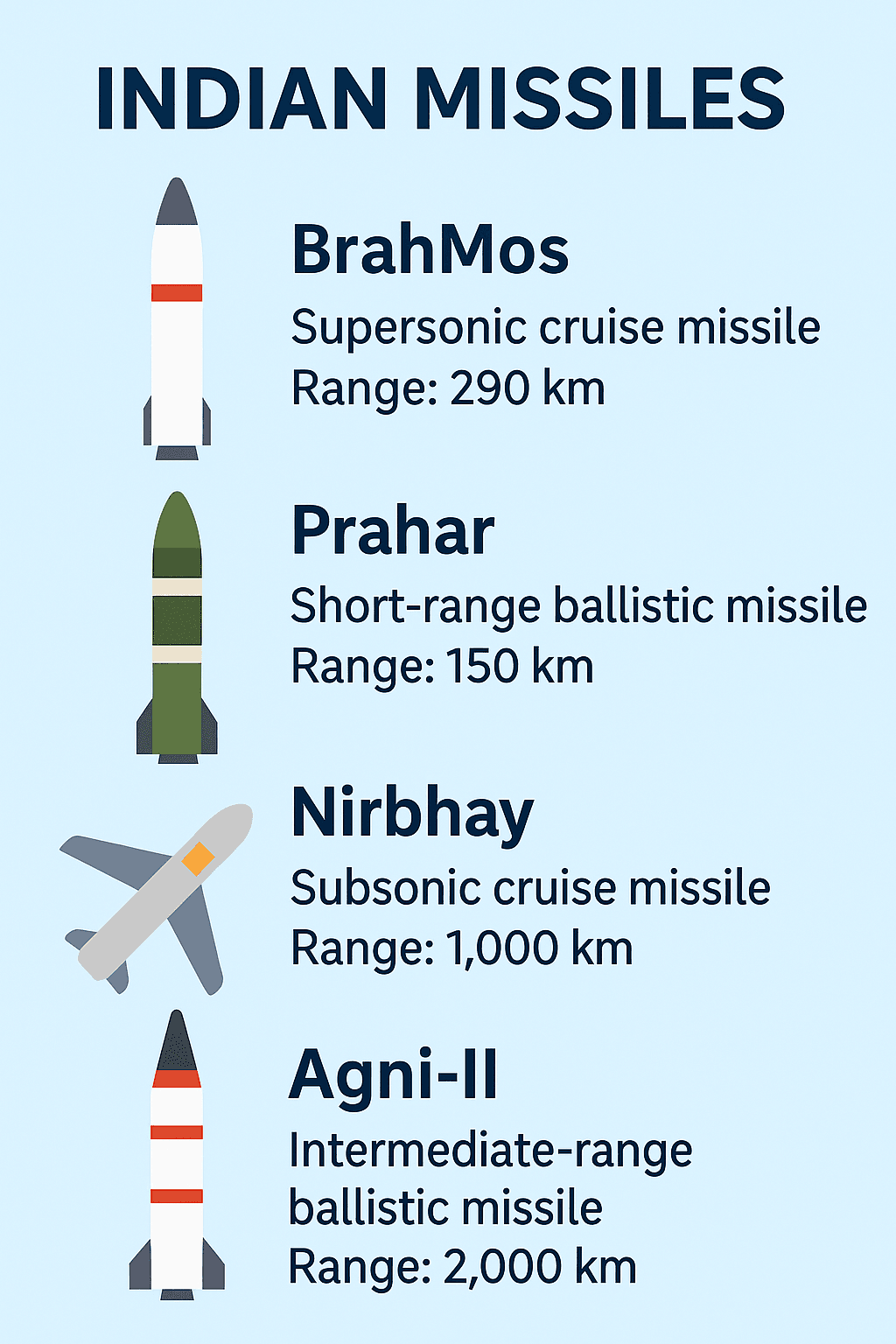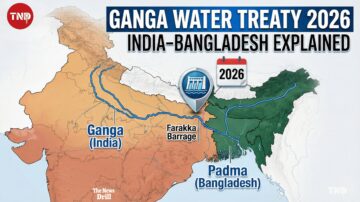In a series of recent addresses, Air Chief Marshal VR Chaudhari, Chief of the Indian Air Force (IAF), has outlined a transformative vision aimed at evolving the IAF into a modern, agile, and self-reliant aerospace force. Emphasizing the need for reform, innovation, and indigenization, the Air Chief highlighted the challenges and opportunities that lie ahead for the IAF in the rapidly changing global security landscape.
Embracing Reform and Innovation
Air Chief Marshal Chaudhari underscored the imperative for the IAF to adapt to the complexities of modern warfare, characterized by hybrid threats and multi-domain operations. He stated, “We must reform, or become a relic. We must innovate, else become mundane, and we must transform, else become irrelevant.” This call to action reflects the IAF’s commitment to staying ahead in a battlespace that is increasingly “cluttered, congested, contested, and complex” .
Advancing Indigenous Capabilities
A cornerstone of the IAF’s future strategy is achieving self-reliance in defense manufacturing. The Air Chief highlighted significant progress in indigenous projects such as the Advanced Medium Combat Aircraft (AMCA) and the Light Combat Aircraft (LCA) Mk-II. He emphasized that “the biggest lesson to take away from ongoing conflicts across the globe is that we cannot fight tomorrow’s wars with imported weapons,” advocating for the development of indigenous air-launched weapons and systems .
Technological Integration and Training
Recognizing the pivotal role of technology in modern warfare, the IAF is investing in automation, artificial intelligence, and big data analytics to enhance operational efficiency. The Air Chief also stressed the importance of well-trained personnel, stating that investment in innovation and “disruptive” training programs focused on technology infusion for skill development will be decisive in future multi-domain operations .
Strategic Partnerships and Global Engagement
The IAF is actively fostering strategic partnerships through joint exercises and information-sharing mechanisms with friendly nations. In 2024, the IAF expanded its participation in bilateral and multilateral exercises, including the largest multinational exercise, Tarang Shakti, held on Indian soil after a gap of 61 years, with participation from over 30 nations .
Vision for 2032 and Beyond
Looking ahead, Air Chief Marshal Chaudhari articulated a clear goal: for the IAF to be “one of the best, if not the best,” by the time it completes 100 years in 2032. This vision encompasses becoming an agile and adaptable air force that provides decisive aerospace power in furtherance of national interests, aligning with India’s broader aspirations of becoming a developed nation by 2047 .
In summary, the IAF is charting a path toward transformation, focusing on reform, indigenization, technological advancement, and strategic collaboration to ensure it remains a potent and self-reliant force capable of meeting future challenges.


















